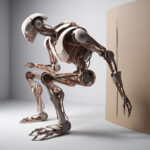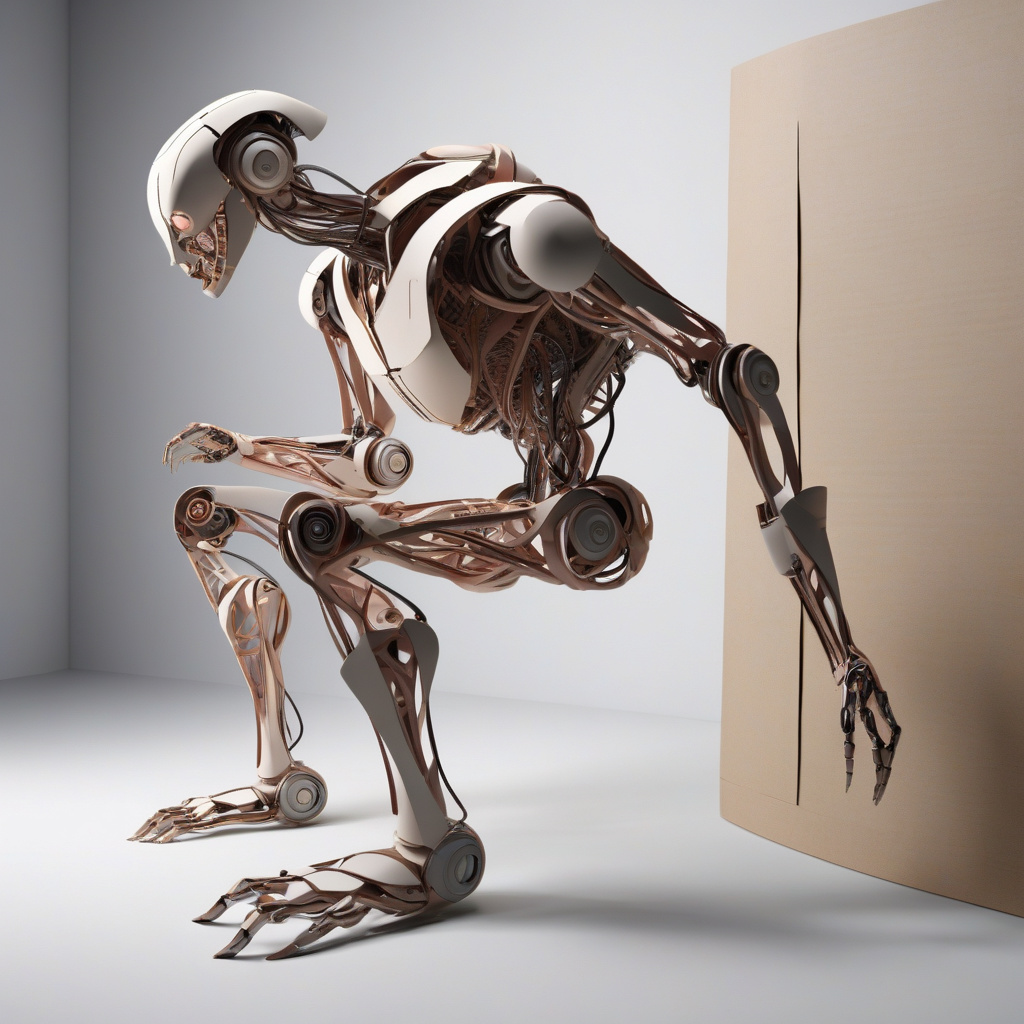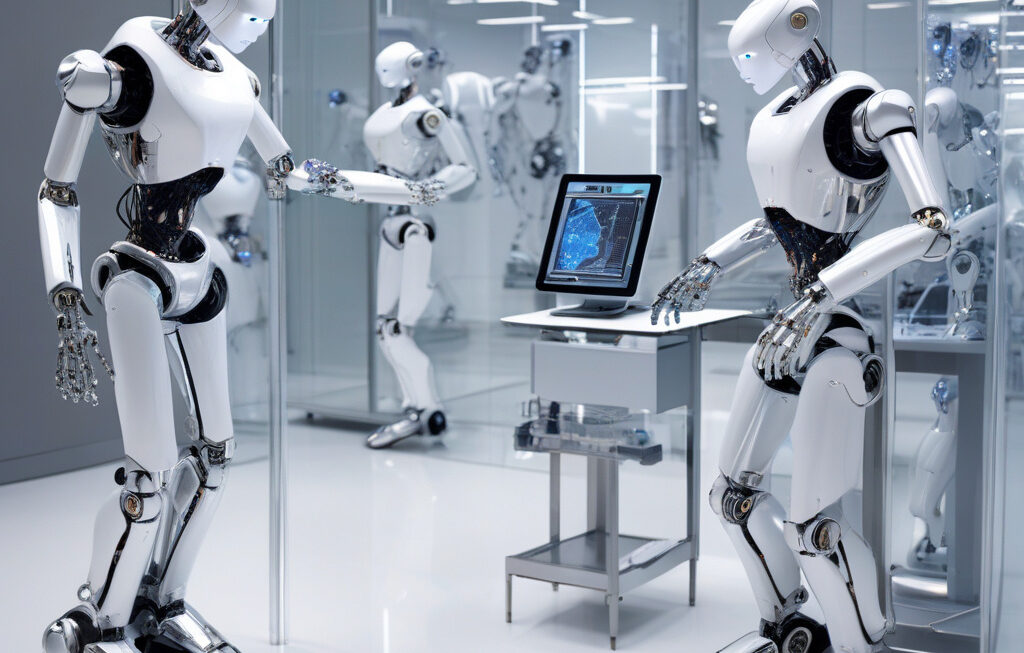Human muscle-inspired paper-thin robot can bend, crawl, and clean tight spaces with ease
A team of researchers from South Korea has developed a thin, robotic actuator based on the intricate structure and function of human muscles. This innovative creation mimics the flexibility and agility of natural muscle, enabling the robot to bend, crawl, and clean tight spaces with remarkable ease and efficiency.
The development of this human muscle-inspired robot marks a significant advancement in the field of robotics, particularly in the realm of soft robotics. Traditional rigid robots often struggle to navigate confined spaces or adapt to complex environments due to their bulky and inflexible nature. However, the new paper-thin robot overcomes these limitations by drawing inspiration from the human musculoskeletal system.
The key to the robot’s exceptional performance lies in its design, which closely resembles the structure of human muscles and tendons. By incorporating this biomimetic approach, the researchers were able to create a lightweight and flexible actuator capable of a wide range of movements. This enables the robot to bend and twist like a natural muscle, allowing it to maneuver through tight spaces with precision and dexterity.
One of the most impressive features of this innovative robot is its crawling ability. By leveraging the principles of muscle contraction and extension, the robot can mimic the crawling motion of animals, making it well-suited for tasks that require traversing uneven or cluttered terrain. This capability opens up a host of possibilities for applications in various fields, from search and rescue missions to environmental monitoring.
Furthermore, the paper-thin robot’s cleaning capabilities are equally impressive. Its flexible design enables it to squeeze into narrow gaps and crevices, reaching areas that would be inaccessible to traditional cleaning tools. Whether it’s cleaning ventilation ducts, inspecting pipelines, or removing debris from hard-to-reach corners, this robot excels at performing tasks that would typically require human intervention.
The potential applications of this human muscle-inspired robot are vast and varied. In addition to its utility in confined spaces and challenging environments, the robot could also find use in the healthcare industry for minimally invasive surgical procedures or diagnostic applications. Its gentle yet precise movements make it well-suited for delicate tasks that demand a high level of control and accuracy.
As technology continues to advance, innovations like the human muscle-inspired paper-thin robot are pushing the boundaries of what is possible in the field of robotics. By drawing inspiration from the natural world and replicating its remarkable capabilities, researchers are creating robots that are not only highly functional but also versatile and adaptable to a wide range of tasks and environments.
In conclusion, the development of this paper-thin robot represents a significant milestone in the realm of soft robotics, showcasing the potential of biomimicry in creating robots that can bend, crawl, and clean with unparalleled ease and efficiency. With its human muscle-inspired design and remarkable capabilities, this robot is poised to revolutionize industries ranging from manufacturing and maintenance to healthcare and beyond.
innovations, robotics, biomimicry, soft robotics, research












